Dungeons and Dragons is in its renaissance right now. The rising popularity of shows like Critical Role, Dimension20 or Not Another DND Podcast, brings new players to the world’s most popular role playing game. But is this trend something your library should capitalize on and introduce the game to its community? In this week’s post Jake Hutton shares his experience with running a D&D game for teens at the library. This post was originally posted on games.ala.org. You can find it here: https://games.ala.org/librarians-report-dungeons-and-dragons-in-the-library/.
For the last year, I have been running a once a week game of Dungeons and Dragons (D&D) at the Aberdeen Branch of the Harford County Public Library, in Maryland. The program has consistently been my most popular, pulling roughly 15-20 teens every week, some from as far as 30 minutes away.
Not only has D&D been really well received, it ticks numerous boxes libraries strive for in their programming. D&D is an outlet for creativity, encourages social interaction between people of diverse backgrounds, and fosters reading comprehension and critical thinking skills. In this article, I will briefly describe why I wanted to try D&D in the library, how it has gone, and how anyone interested can give it a try. For my program, I have worked primarily with teens, but this is an opportunity many adults would enjoy as well.
Why D&D?
I have been an avid fan of D&D for most of my life, and play frequently in my free time. Once I started working as a librarian, I noticed how seamlessly the game integrates concepts important to libraries.
Dungeons and Dragons is a pen and paper role playing game (RPG). A single player plays as the Dungeon Master, creating a world that the players interact with. Players act as a group of adventurers working together to complete quests, slay monsters, and achieve their own personal goals. The game uses a series of dice to help simulate how successful characters and monsters are at achieving their various goals. The game doesn’t require anything other than a few books, paper and pencils, and some dice.
The vast majority of the game takes place in the collective imaginations of the players. The Dungeon Master uses evocative descriptions to make the game come alive; and players then decide their characters’ actions, creating an exciting and limitless narrative experience. The rules of the game provide a framework for what characters can and cannot achieve, and how difficult actions are. Before, during, and after play, players will frequently reference rulebooks to check how abilities and spells work, in order to figure out the best ways to overcome challenges created by the Dungeon Master.
I am hoping this description makes it obvious why this game is perfect for library programming; it has social interaction, imaginative play, and reading comprehension.
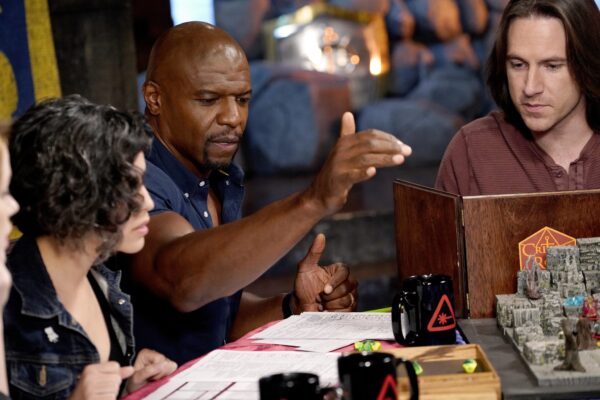
How the program has gone
When I started D&D programming at the library, it initially started slow, with 3-4 teens playing. I had a tough time telling if they were truly enjoying playing, or if they were merely humoring me. After about three weeks, the program still hadn’t gained much momentum, so I decided to go back to playing Super Smash Brothers during my teen program. Immediately, all four of my teen regulars asked why we weren’t playing D&D, and what would happen to their characters. They wanted to keep playing.
This got me pretty excited, so I decided even if I only drew these same four teens every week, if they were having fun, then it was worth it. After about two more weeks of playing, two new teens showed up, saying they heard we were playing D&D, and that they wanted to give it a try.
Since then the program has really gained momentum. I have roughly 15 teen regulars that show up every week, with 6-8 that play but are less frequent attendees. Our group grew so large that we split into two groups, one which is entirely teen run, and the other I still run. We are even contemplating creating a third group.
I have noticed several benefits from this program. I see teens from diverse backgrounds interacting regularly through D&D, both before, during, and after the program. While I am not certain, I think many of these teens did not know each other before playing D&D, and now they hang out once or twice a week, talking about school, D&D, and their hobbies.
A large portion of my players has also bought dice and rulebooks of their own, taking pride in reading through spells and abilities in their own time. They spend quite a bit of time digging through these books to come up with fresh ideas to slay monsters. Teens that haven’t bought books of their own frequently request and check out the library’s circulating D&D books. I see groups of them collaborating in the teen section in preparation for the day’s session, which has been amazing to see. Many of my players told me they do not frequently read, and yet they are going out of their way to dig through a several hundred page rulebook.
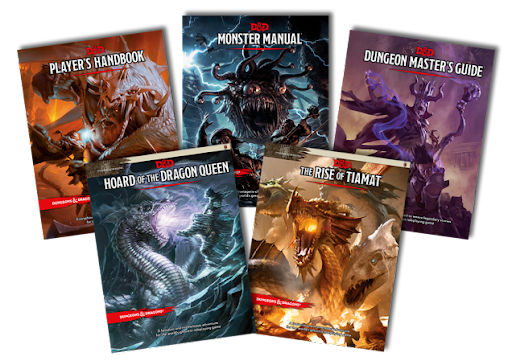
I have also used our D&D sessions as a chance to recommend many fantasy and science fiction books that I think players will enjoy.
How can you get started?
Right, so after all this, you are probably (hopefully?) wondering how you can start a D&D program of your own, in the most time- and cost-efficient way.
For those of you brand new to D&D, I would recommend purchasing the D&D Starter Set* for the most recent, 5th Edition, which in my opinion is the best edition to play. This starter set costs $20, it contains a full set of dice, a starter version of the rules, several pre-made characters for players to play, and a great prewritten adventure for new Dungeon Masters to use, which will walk you through how to play the game. This little box contains at least 20 hours of play in it, perhaps more, and it is all you need to get started. If you have a local game store in your area, maybe they will even consider donating the item to your library, it’s always worth asking.
*Editor’s note: Wizards of the Coast has since then released an Essentials kit as well, containing rules for character creation, a different adventure, more dice, a DM screen and cards for spells and items. You can see a comparison between the two kits here.
If you are looking for expanded content, or content for more veteran players, all you need to purchase in addition to dice, is the Players Handbook and the Monsters Manual. These two books will give you limitless content, and give you the complete rules to play the game. The Dungeon Masters Guide is the final book of these core rulebooks, but you can probably skip it until you get a feel for the program.
In addition to these two books, I would strongly recommend purchasing a pre-made adventure, as this makes your job as the librarian much easier; rather than creating encounters, cities, and people to populate these areas from scratch, you can just read what professional adventure writers have created. I would personally recommend Tales from Yawning Portal; these are a series of dungeons that are loosely interconnected, rather than a large adventure, spanning continents, so it will be easier for a new Dungeon Masters to manage. It also means that players can come and go easier during the adventure, without creating problems for the group.
Editor’s note: Waterdeep Dragon Heist is another pre-made adventure that can be recommended. It has an extensive world, supporting characters and a storyline that is different based on in which season the story happens, offering great replayability.
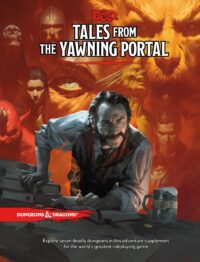 |
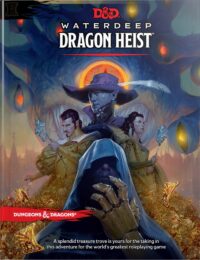 |
Time is almost always a factor when we try to allocate our few precious slots of planning and programming time. You do not need to run a game every week to have success, you could also try running it once a month, having two sessions spread out over two weeks, or even a longer one-day session. If you want to schedule a D&D program, but can’t manage to schedule a staff member to run it, stop by the local game store, see if there is someone that the game store owner can recommend to you to potentially come and volunteer to run the game. Wizards of the Coast (the company that makes D&D) also has a volunteer organization called the Adventurers League found here http://dnd.wizards.com/playevents/organized-play .
Hopefully, this article has gotten you interested in Dungeons and Dragons and perhaps instilled some tips to let you run your own library D&D programs. I have found it to be an extremely enjoyable program to run, and one that participants talk about and look forward to.
If you have any questions about the program or how to run D&D at your library, check out the comment section under the original post here.
Jake Hutton
This article has been written by Jake Hutton. Jake was a teen library associate with the Harford County Public Library. He is an avid gamer and loves bringing his hobby into the library to help engage with customers.
You can read the original post here: https://games.ala.org/librarians-report-dungeons-and-dragons-in-the-library/
Recent posts
Library Spaces & Clean Air: The Impact of Printing Choices on Indoor Environment
In this week's Princh Library Blog, guest writer Nina Grant talks about something that's always present, but rarely thought about; air, or [...]
Library Advocacy: How Individuals and Businesses Can Contribute to Library Resources
In this week’s Princh Library Blog post, guest writer Sam L. Bowman explores how both individuals and businesses can practice library advocacy [...]


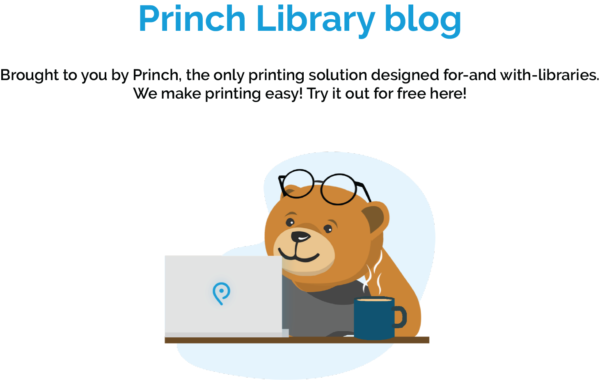



Leave A Comment